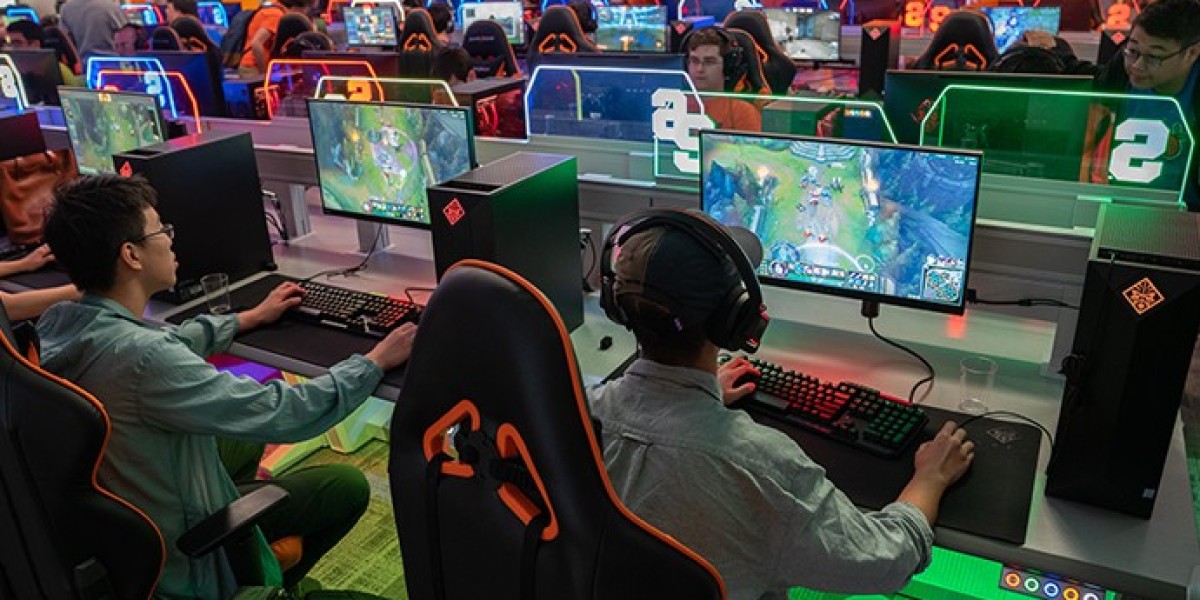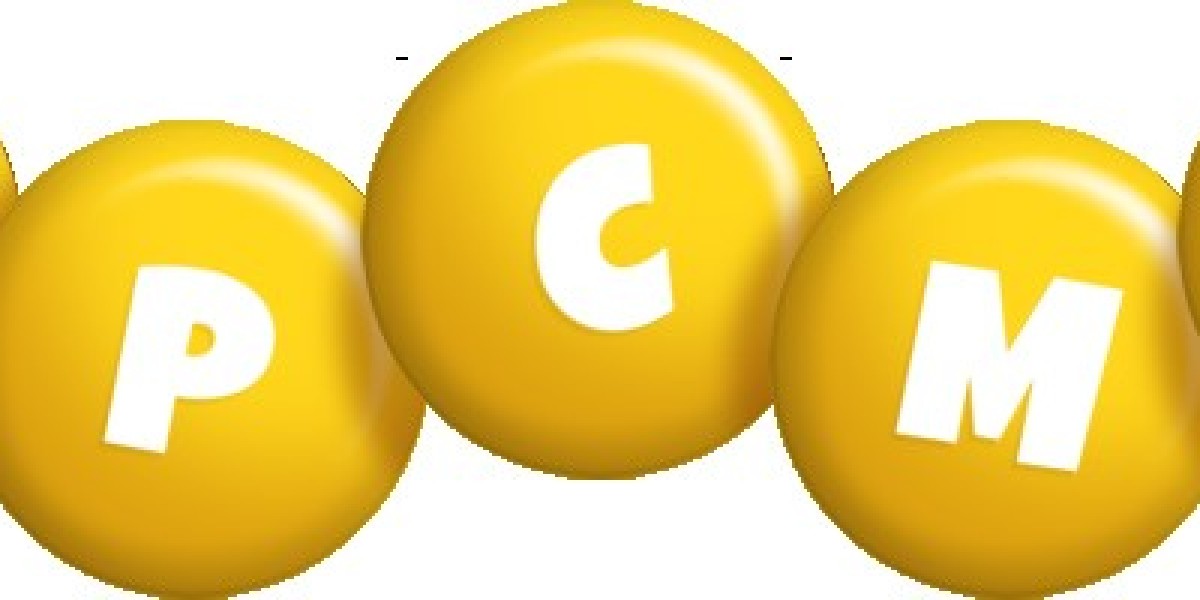In the fast-paced digital era, the online shopping experience is evolving rapidly. Consumers today expect more than just static images and basic product descriptions—they want immersive, interactive, and realistic experiences. This is where 3D animation services are revolutionizing e-commerce, particularly through virtual try-on technologies. By integrating 3D animation into online platforms, businesses can engage customers more effectively, reduce return rates, and increase conversions.
This blog explores the transformative role of 3D animation in online shopping, the technologies behind virtual try-on, and how brands can leverage logo animation services and other animation techniques to create a seamless, engaging shopping journey.
The Rise of 3D Animation in E-Commerce
Online shopping has grown exponentially over the last decade, and businesses are constantly seeking innovative ways to stand out. Traditional product images often fail to provide customers with a comprehensive understanding of a product's features, size, or fit. Here, 3D animation plays a crucial role.
Through interactive 3D models, users can rotate, zoom, and explore products from multiple angles, mimicking the in-store experience. This immersive technology provides customers with confidence in their purchase decisions, reducing the uncertainty often associated with online shopping.
Many e-commerce businesses are now partnering with 3d animation services providers to create high-quality, interactive 3D content that enhances the user experience and boosts conversion rates.
How Virtual Try-On Works
Virtual try-on technology allows customers to see how products look on them or in their environment before making a purchase. This technology relies heavily on 3D animation services to create realistic representations of products, such as clothing, accessories, shoes, or even furniture.
There are several key techniques involved:
1. 3D Modeling and Rendering
Products are converted into 3D models using high-resolution scans or computer-aided design (CAD) data. These models are then rendered in a realistic environment using textures, lighting, and shadows to simulate real-world conditions.
2. Augmented Reality (AR) Integration
AR overlays 3D objects onto a real-world camera feed. For example, a user can point their phone camera at themselves to virtually try on glasses or clothing. Frame by frame animation techniques are sometimes used in AR experiences to enhance realism, particularly when simulating product movement or fabric draping.
3. Motion Capture and Realistic Simulation
Some virtual try-on applications use motion capture to mimic how clothing or accessories move in response to the user’s body. Advanced 3D animation software ensures that the simulation of folds, shadows, and textures is as realistic as possible.
4. Real-Time Interactivity
Modern virtual try-on solutions allow customers to interact with products in real time. They can change colors, adjust sizes, or explore multiple variants instantly. This level of interactivity relies on the seamless integration of 3d animation services with responsive web and mobile platforms.
Benefits of 3D Animation and Virtual Try-On for Online Shopping
The integration of 3D animation services and virtual try-on technologies offers multiple advantages for both businesses and consumers:
1. Improved Customer Engagement
Interactive 3D visuals capture attention more effectively than static images. Users are more likely to explore products and spend additional time on a website that offers virtual try-on features, leading to increased engagement and higher conversion rates.
2. Reduced Product Returns
One of the major challenges in e-commerce is product returns due to inaccurate expectations. Virtual try-on minimizes this problem by providing customers with a realistic preview of the product, helping them make informed purchase decisions.
3. Personalized Shopping Experience
3D animation allows for customization and personalization. Customers can experiment with different colors, sizes, and styles, creating a personalized shopping journey that enhances brand loyalty.
4. Enhanced Brand Perception
Brands that invest in cutting-edge 3d animation services and virtual try-on solutions are perceived as innovative and tech-savvy. Additionally, using logo animation services in digital campaigns can reinforce brand identity and make a lasting impression on users.
5. Cost Savings
While creating 3D animations may initially require investment, businesses save on photography, videography, and returns over time. Virtual try-on reduces the need for extensive physical samples, especially in fashion and footwear industries.
The Role of Animation Techniques in Virtual Try-On
Animation techniques play a vital role in making virtual try-on experiences realistic and engaging. Two commonly used animation techniques include:
Frame by Frame Animation
Frame by frame animation is a traditional method where each frame is individually created. In virtual try-on, this technique is sometimes used to simulate subtle movements, such as fabric folds, accessory motion, or product reflections. Although more labor-intensive, it can achieve a high degree of realism, especially for complex products.
Keyframe Animation
Keyframe animation is widely used in 3D environments. It involves setting critical positions (keyframes) for objects or characters at specific points in time, with the software interpolating the frames in between. For those unfamiliar, what is keyframe animation? Simply put, it’s an animation technique that defines starting and ending points for movement, allowing for smooth transitions and realistic simulations. In e-commerce, keyframe animation ensures natural product movements during virtual try-on sessions.
Popular Applications of 3D Animation in Online Shopping
Fashion and Apparel
Clothing retailers are among the first to adopt 3D animation and virtual try-on. Customers can see how garments fit their body shape, test different sizes, and choose colors without physically trying them on. Virtual models, combined with frame by frame animation, simulate the flow and texture of fabric realistically.
Footwear and Accessories
Shoes, handbags, glasses, and watches benefit greatly from 3D animation. Customers can rotate and zoom products to inspect details, or use AR to see how accessories look on them. Keyframe animation helps in accurately displaying movements, such as a handbag swinging naturally with body motion.
Beauty and Cosmetics
Virtual try-on technology allows users to test makeup, skincare, and hair products virtually. 3D animation ensures realistic textures, shading, and color blending, enhancing customer confidence.
Home Decor and Furniture
3D animation allows furniture to be virtually placed in a user’s home environment. Users can visualize products in real-world settings, check dimensions, and experiment with color schemes, all in real time.
The Technology Behind Virtual Try-On
Several technologies work together to create seamless virtual try-on experiences:
Augmented Reality (AR): Overlays digital products in real-world views.
Computer Vision: Detects user body parts, facial features, or environmental surfaces.
3D Rendering Engines: Software like Unity or Unreal Engine renders real-time 3D visuals.
Machine Learning: Predicts accurate sizing, fabric drape, or facial fit.
Cloud Computing: Processes complex 3D animations efficiently for mobile and web users.
Integrating 3D Animation with Branding
Alongside product visualization, integrating logo animation services can enhance brand identity in virtual try-on experiences. Animated logos can appear during product previews, interactive tutorials, or app loading screens. This not only reinforces brand recognition but also adds a professional and polished look to digital platforms.
Challenges in Implementing Virtual Try-On
While virtual try-on powered by 3d animation services offers numerous advantages, businesses may encounter challenges:
High Initial Investment: Developing realistic 3D models and integrating AR can be resource-intensive.
Technical Expertise: Requires skilled animators, developers, and designers.
Device Compatibility: Real-time 3D rendering can be demanding for mobile devices.
User Adoption: Some users may be hesitant to use virtual try-on features initially.
Data Privacy: Facial recognition or body scanning requires careful handling of user data.
Despite these challenges, advancements in cloud computing, AI, and animation techniques like frame by frame animation and keyframe interpolation have made virtual try-on more accessible and scalable.
The Future of 3D Animation in Online Shopping
The future of e-commerce lies in immersive shopping experiences. 3D animation and virtual try-on technologies are expected to:
Increase Personalization: AI-driven animations will tailor product visuals for individual users.
Expand Industry Reach: Beyond fashion, beauty, and furniture, industries like automotive and fitness equipment may adopt virtual try-on.
Integrate with Social Media: Users will share virtual try-on experiences, boosting organic marketing.
Enhance AI Predictive Analytics: Predictive sizing and fit recommendations will improve with better 3D models.
Combine with VR Shopping: Virtual reality shopping malls may become mainstream, powered by realistic 3D animations.
By partnering with 3d animation services, businesses can stay ahead of the curve, creating innovative online shopping experiences that drive engagement and sales.
Conclusion
3D animation has transformed online shopping from a static experience into a dynamic, interactive, and highly personalized journey. Virtual try-on technologies powered by 3d animation services allow customers to explore products realistically, boosting confidence, reducing returns, and increasing sales.
Animation techniques like frame by frame animation and keyframe animation (what is keyframe animation) ensure products move and react naturally in a digital environment. Additionally, integrating logo animation services strengthens brand presence and enhances the overall user experience.
As technology advances, the adoption of 3D animation in e-commerce will only grow, reshaping the online shopping landscape. Businesses that embrace these tools today will gain a competitive advantage, providing customers with memorable, engaging, and convenient shopping experiences.







